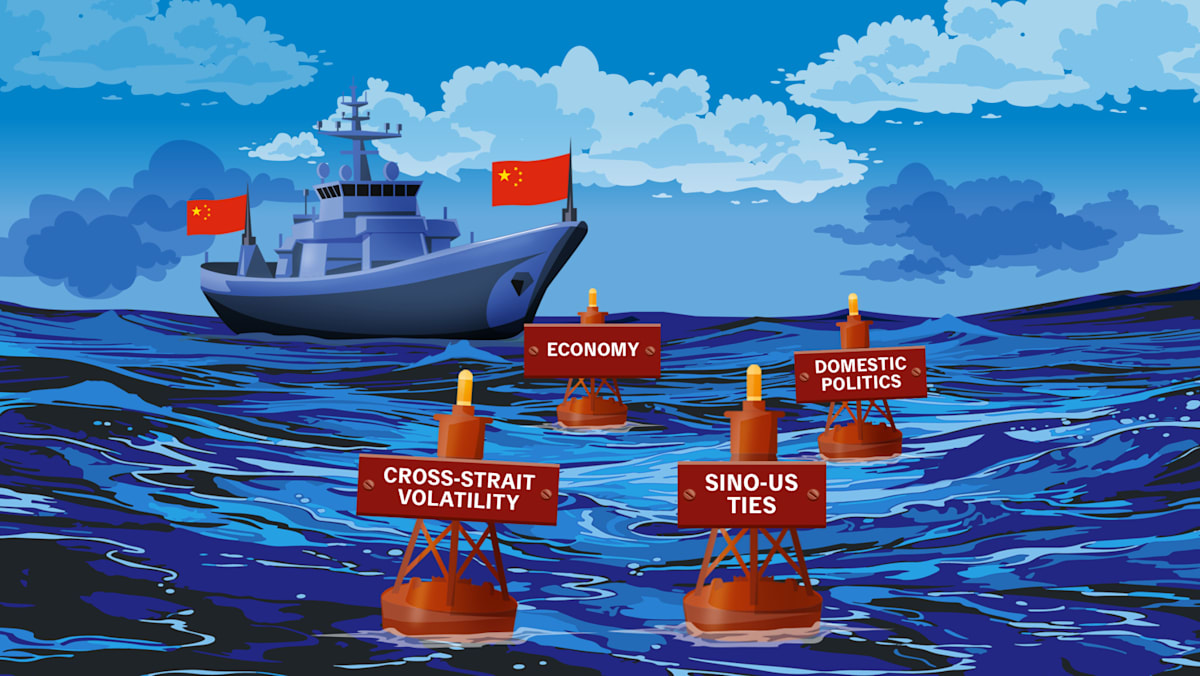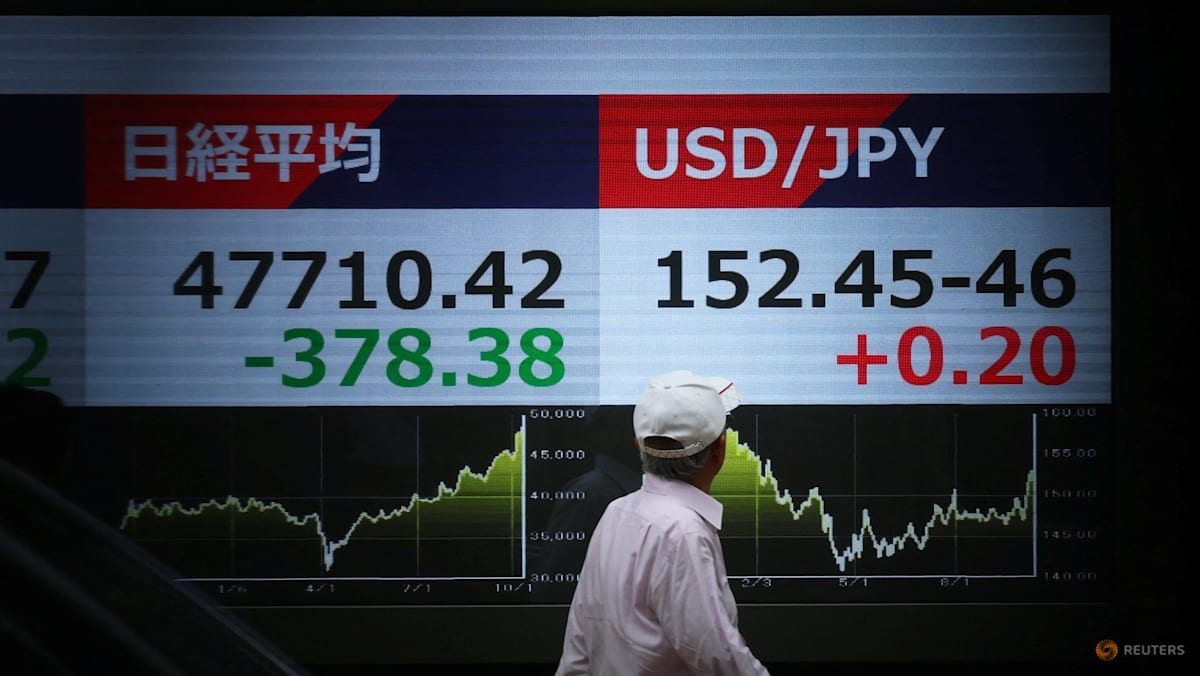‘We don’t need a baby, we have a cat’: Hong Kong women say no to kids as experts ponder baby shortage

Among developed Western countries, France had a TFR of 1.8, followed by 1.7 in the United States and 1.6 in Britain.
The shortage of babies has spurred several places into action to reverse the birth trends, with Scandinavian countries taking the lead with generous benefits for parents.
In Sweden, with a TFR of 1.7, both parents receive a combined 480 days of parental benefits per child, referring to the money one gets to be able to stay home with the children instead of working, looking for work or studying.
Parents in Denmark, which also has a TFR of 1.7, get 52 weeks of paid parental leave.
Earlier this year, Japan seized what it said was possibly “a last chance” to reverse its declining birth rate by introducing a raft of unprecedented measures, boosting government subsidies for child rearing, strengthening access to childcare services and changing the cultural mindset by encouraging more fathers to take paternity leave.
Currently, every child in a poor family gets a monthly childcare allowance of ¥15,000 (US$110) until the age of three. After that, a ¥10,000 allowance is provided until the child graduates from junior high school.
Tokyo plans to scrap the income threshold for the allowance and extend it until the child graduates from high school. The lump sum childbirth allowance paid to all mothers will rise from ¥420,000 to ¥500,000.
Source: CNA















